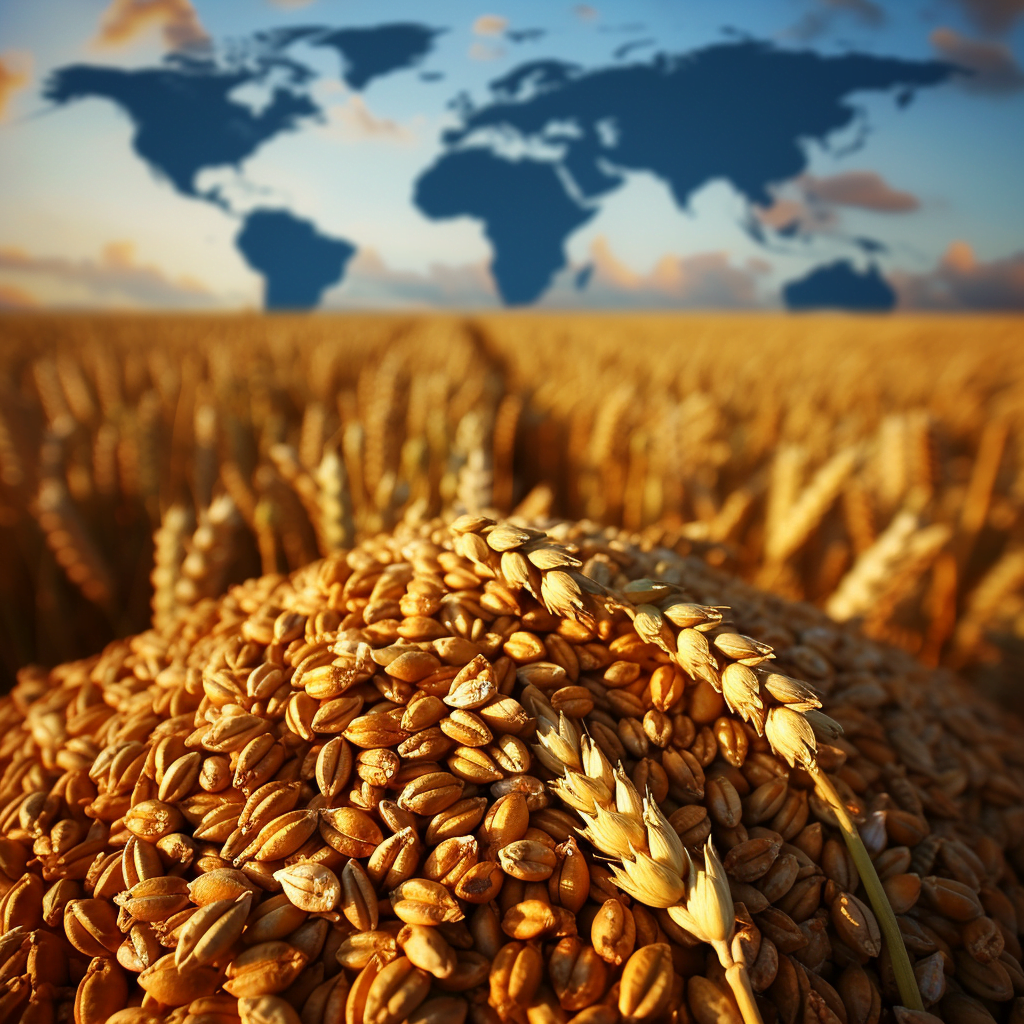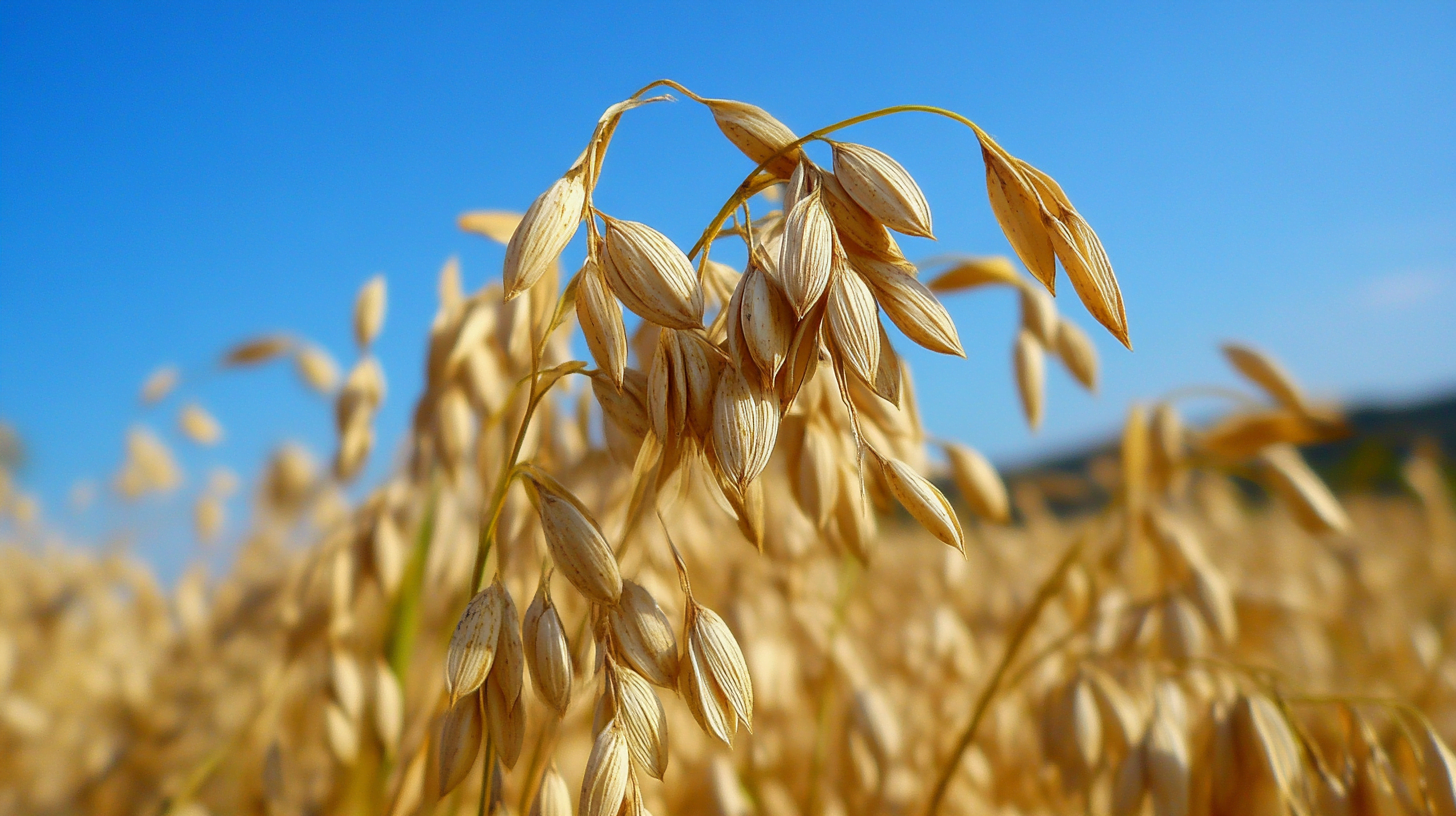A vital global commodity, wheat represents a staple food source for over 2 billion people worldwide. With populations rising swiftly across the developing world, demand for affordable imported wheat continues intensifying too. But which country imports the most wheat and sits atop the leaderboard as the #1 wheat importer?
With a population exceeding 102 million and limited domestic agriculture, Egypt relies profoundly on imported wheat to satisfy national demand. According to 2021 data, Egypt tops the global wheat importers list, purchasing over $4.5 billion worth from abroad last year.As the most populous Arab nation continuing to grow, Egypt’s high wheat imports are critical for preventing food insecurity and keeping staple bread affordable. However, as recent disruptions demonstrated, over-dependence on other nations for such a vital food commodity leaves Egypt vulnerable to price shocks and shortages.
Why Wheat Imports Matter
Wheat represents an essential global commodity that underpins food security for billions worldwide. It provides around 20% of total calorie intake globally and occupies the largest share of crop production. Affordable imported wheat allows developing countries to meet rising consumption amidst population booms.When local wheat production fails to satisfy national requirements due to factors like climate, land constraints, and storage losses, imports fill the void.
This prevents potential malnutrition and instability. Fluctuations in weather, yields, and policy in major exporters impact how much wheat countries import each year.During times of crisis like the COVID-19 pandemic or Ukraine war, limiting protectionism and keeping wheat trade flows open is vital. Import-reliant regions can face major issues otherwise, as evidenced by Egypt’s recent turbulence. Overall, the availability and affordability of imported wheat enhances living standards for citizens in emerging economies.
The World’s Top 5 Wheat Importers
The scale of global annual wheat trade reached around $44.4 billion in 2021. Reviewing the top importers by dollar value provides insights into the countries most dependent on foreign wheat.
- Egypt – $4.53 billion
- Nigeria – $3.32 billion
- Indonesia – $2.98 billion
- China – $2.94 billion
- Turkey – $2.49 billion
Total for Top 5 Countries: $16.26 billionSeveral common themes across these heavy wheat importing nations stand out:
- Large populations – More people to feed necessitates more wheat.
- Rising incomes – Increased wheat demand for bread, baked goods, animal feed, and processed foods.
- Inadequate domestic production – Insufficient arable land or unsuitable climate hampers home-grown wheat output.
- Affordability – Importing wheat cheaper than expanding production or substituting other grains.
Underpinning it all is the reality that as incomes and consumption rise amidst population booms in emerging economies, demand for staple wheat products surges. Yet climate, land, and infrastructure constraints limit domestic capacity to meet needs. Thus affordable imports fill the gap.

Egypt – The World’s Largest Wheat Importer
Now focusing exclusively on Egypt, data shows their wheat imports reached 12 million metric tons in 2023. This staggering quantity exceeds the total amount imported by some major wheat exporting countries like Canada.Several interlinking factors drive Egypt’s sky-high wheat purchases:
- Burgeoning population – Already over 102 million and growing nearly 2% annually. Requires large volumes of affordable wheat for bread and food security.
- Limited arable land – The fertile Nile Valley and Delta only cover 4% of Egypt’s total land area. This finite zone must produce substantial wheat along with other crops simultaneously.
- Inefficient infrastructure – Post-harvest storage losses up to 15% annually and wastage across supply chains reduces usable domestic wheat quantities.
- Rising consumption – Increased demand for bread and wheat foods from a growing middle class. Per capita flour consumption grew from 147kg to over 180kg recently.
With consumption massively outstripping domestic production capabilities, Egypt relies on imports for over 60% of its total wheat needs in a typical year.
“The Observatory of Economic Complexity states that in 2021 the top wheat importer was Egypt at $4.53 billion, followed by Nigeria at $3.32 billion.”
The majority of Egypt’s imported wheat originates from Russia and Ukraine, traveling via the Black Sea. This left Egypt dangerously exposed when the region became a war zone.
Egypt’s Wheat Dependency Causes Chaos
Russia’s invasion of Ukraine resulted in blocked ports and heavily restricted wheat exports. With Egypt sourcing over 80% of imports either directly from or via these warring nations, the impact proved chaotic.Within weeks bread shortages appeared and prices rapidly inflated over 50% throughout 2022. Despite attempts to temporarily halt exports and source alternatives, Egypt remained hostage to Black Sea market volatility. Removing vital food subsidy programs risked riots as people struggled to afford basics like bread.Diversifying import origins and boosting domestic production turned into a national priority. But infrastructure constraints and growing resource demands limit Egypt’s wheat self-sufficiency capabilities. This leaves the mega-importer with no choice but over-reliance for years to come.

Other Major Wheat Importers
Egypt sits atop the wheat importing leaderboard by a large margin in terms of value. But several other developing nations also display heavy and growing dependence on foreign wheat too.Nigeria
- Imports over $3 billion of wheat annually.
- Rapid population growth intensifying wheat demand.
- Extremely limited domestic output due to unfavorable tropical climate.
- Main suppliers are USA, Canada, and Argentina.
Indonesia
- Imports rising swiftly as incomes increase wheat consumption.
- Lacks historical ties to wheat agriculture unlike rice or corn.
- Australian wheat imports dominate due to close proximity.
China
- Requires over $2.5 billion in annual wheat imports.
- Domestic production falling behind rising national demand.
- Main import origins are USA, Canada, and Australia.
Turkey
- Former major wheat exporter now dependent on imports.
- Volatile currency and inflation makes imports increasingly expensive.
- Russia provides over 90% of Turkey’s imported wheat.
Each of these examples share common traits of booming populations, food security priorities, and insufficient domestic wheat production. Thus affordable global market wheat imports fill gaps between demand and supply.
Projecting the Future Wheat Trade Landscape
Reviewing global wheat trade data reveals a clear picture of developing countries dominating imports while developed economies lead exports. This trend looks set to continue over the next decade.Projections suggest steady import growth across emerging markets as populations expand and diets shift. Meanwhile climate change may threaten production capacity in current leading exporters like the USA, Canada, Australia.Egypt will likely retain its position as the top wheat importer worldwide. But Nigeria, Pakistan, and Indonesia closing the gap would represent no surprise.
Each face the interlocking challenges of maximizing finite agricultural land while balancing staple commodity demands.For leading wheat exporters, disruption events like extreme weather or conflict could significantly impact supply chains to dependent clients. Even brief shipment issues now reverberate rapidly.Maintaining productive trade relationships across both suppliers and major importers remains integral to global food security. The turbulence of recent years serves notice that affordable wheat access cannot be taken for granted. Careful policy and cooperation is vital for protecting this essential staple commodity that billions rely upon.
Conclusion
Egypt’s wheat import dependence showcases potential prosperity but also vulnerability for developing nations. With the right trade infrastructure, imported wheat can support rising living standards. Yet over-reliance on limited foreign sources is hugely risky, as Egypt learned during the volatile Black Sea disruption.Balancing affordable imports and maximizing domestic production capacity is now integral for the world’s mega wheat importers feeding booming populations. The stakes for securing stable food supplies continue rising in tandem with emerging market demand.



